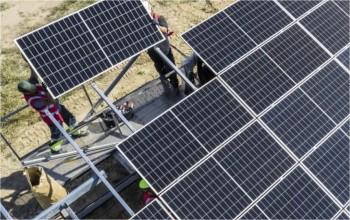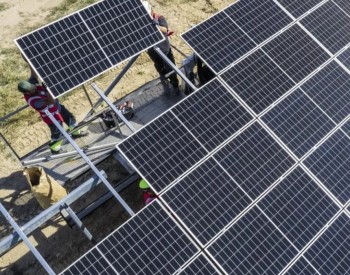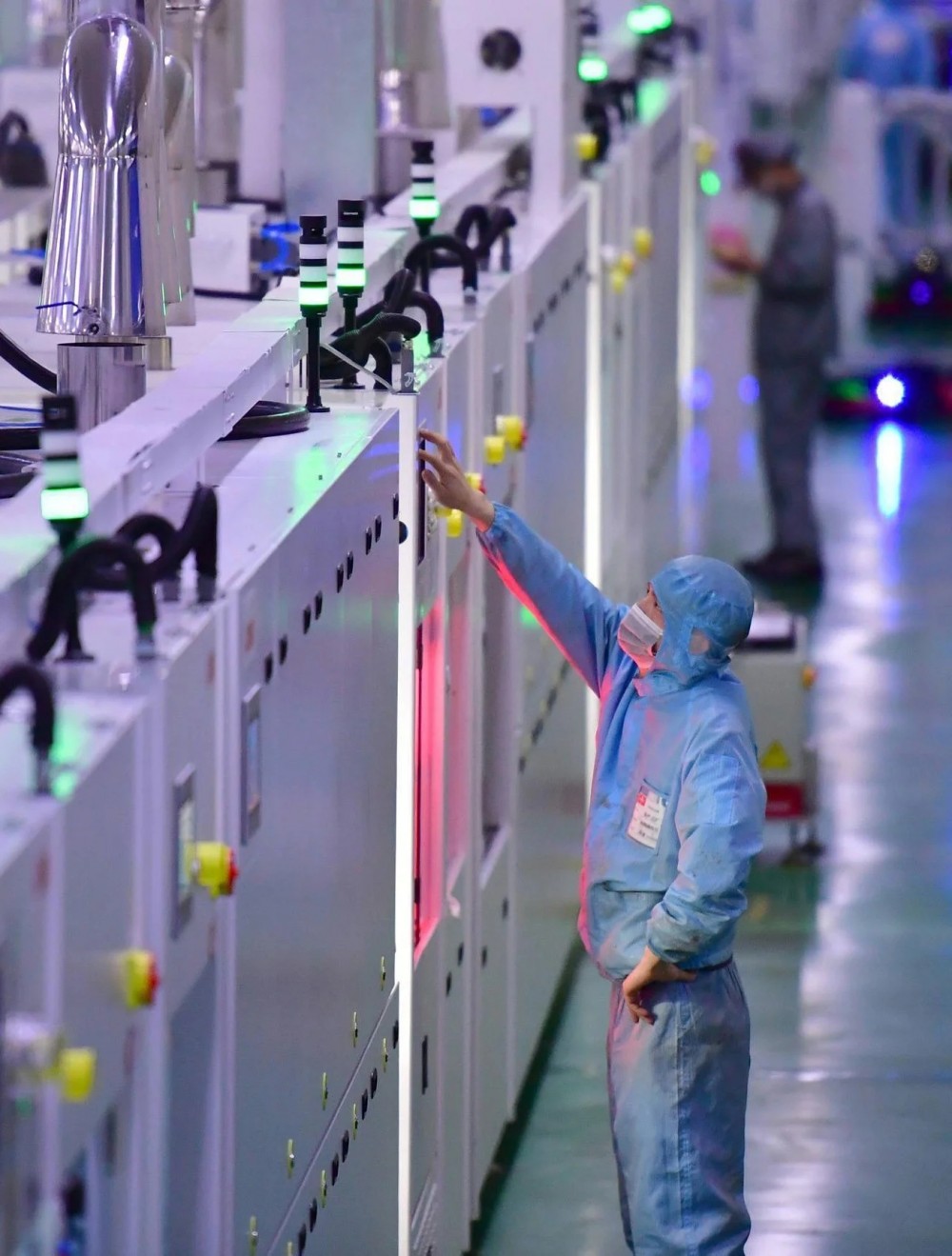
With the continuous improvement of people's awareness of green environmental protection, the global energy landscape has changed, and the photovoltaic industry has flourished. The study shows that despite strong market demand, the lack of clear policy support, dependence on raw materials, and high production costs hinder the localization of the European PV module manufacturing industry.
China has dominated the global PV module supply chain for the past 15 years, but the global PV module manufacturing industry is changing as multiple emerging factors pose a threat to this dominance. These include increasing scrutiny of the sustainability and traceability of the supply chain of photovoltaic products, increasing competition for global subsidies, and announced plans by the United States, India and the European Union to provide financial support to local manufacturers.

Pv markets around the world have recently used a range of policy levers to directly or indirectly support the growth of domestic PV manufacturing, including the US Inflation Reduction Act and India's base tariff and production-related incentive programs.
In terms of providing incentives for photovoltaic manufacturing, Europe is lagging behind. The REpowerEU plan sets ambitious 2030 targets for the renewable energy sector, but does not offer more incentives to support PV manufacturing. The European Union's recently published Net-zero Industry Act (NZIA) proposal aims to stimulate local manufacturing. While this is a step forward, it could take up to two years for the European Commission to approve the policy. In other words, while the EU has set very ambitious targets for installing more renewable energy generation facilities in Europe by 2030, these targets will not automatically increase the demand for locally produced PV products.
The gap in incentives between the US and the EU
The United States leads both in terms of market timing and financial support, so the incentives offered by the United States have the potential to be a major risk for European manufacturing to scale up, as the United States has already received significant investment from major market players. The longer it takes for EU policies and incentives to be approved, the greater this risk becomes.
Although the EU currently has little silicon rod or wafer production capacity, the EU has set a goal of achieving more than 45% self-sufficiency at all manufacturing nodes. To achieve these targets, the EU needs to add more than 40GW of silicon rod, wafer and photovoltaic cell capacity per year, and another 30GW of PV module capacity. To achieve this ambitious goal, the EU needs to introduce a combination of higher manufacturing incentives and entry barriers for low-cost imports (such as its proposed carbon border adjustment mechanism to penalize products with a higher carbon footprint), and possibly set quotas for local content in public tenders.

Cost gap
The large production cost gap between countries and regions is the biggest challenge in incentivizing local PV module supply chain manufacturing. According to a report released by Standard & Poor's, the production cost of photovoltaic modules in Europe may be 50% higher than that in China, mainly due to higher electricity and labor costs in EU countries.
The recent low PV module prices could be another unexpected obstacle to the return of the PV module supply chain in Europe. In the past two years, the high price of polysilicon has kept the cost of PV module production high, narrowing the gap between the cost of PV modules manufactured in China, Southeast Asia and other regions, including Europe and the United States. If lower prices for PV modules return, this will make the PV supply chain manufacturing in Europe increasingly challenging.
However, Chinese PV module makers may also be competitive in other ways. Pv modules produced in Europe are more expensive compared to other regions, but may have some advantages due to the reduced carbon intensity of the final product. This sustainability aspect will be particularly relevant given the current trend to tax imported materials and components with a higher carbon footprint. European governments could also set quotas for locally manufactured low carbon content in open tenders - the current NZIA proposal includes a clause relating to the carbon footprint and equipment provenance of open tenders, as well as a 15 to 20 per cent sustainability and resilience-weighted scoring system.
Another area where EU manufacturers are competitive is the development of new technologies. Eu manufacturers have the opportunity to lead the development of new technologies with lower production costs and greater efficiency, such as perovskite photovoltaic cells or new silicon wafer technologies. Several European markets have entered into partnerships aimed at commercializing next-generation photovoltaic cells and PV modules based on silicon-perovskite tandem technology. These partnerships can contribute to Europe's technological leadership in emerging photovoltaic cell and wafer technologies, thereby reducing energy costs and reducing supply chain risks.
Despite a lot of policy uncertainty, as of May 2023, the EU announced that the current PV module capacity is about 20GW, coupled with a surge in announcements about the construction of manufacturing plants in the past few weeks. These figures indicate that new manufacturing plants are planned in markets such as Romania, Germany, France and Italy. However, even if all these manufacturing plants come online, Europe will still be highly dependent on imported PV cells from China or Southeast Asian countries.
A recent panel discussion at Intersola Europe confirmed this view. Among the major industry stakeholders (developers, utilities, investors, supply chain companies), few expect large-scale reshoring of the PV module supply chain in the EU in the coming years. It is widely believed that the EU will prioritize achieving ambitious renewable energy deployment targets by 2030 rather than moving photovoltaic manufacturing to the mainland, which will make the EU's energy transition more costly.